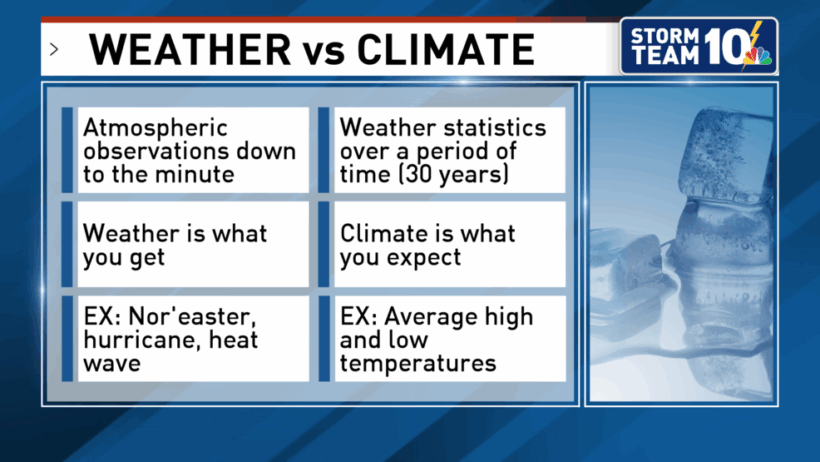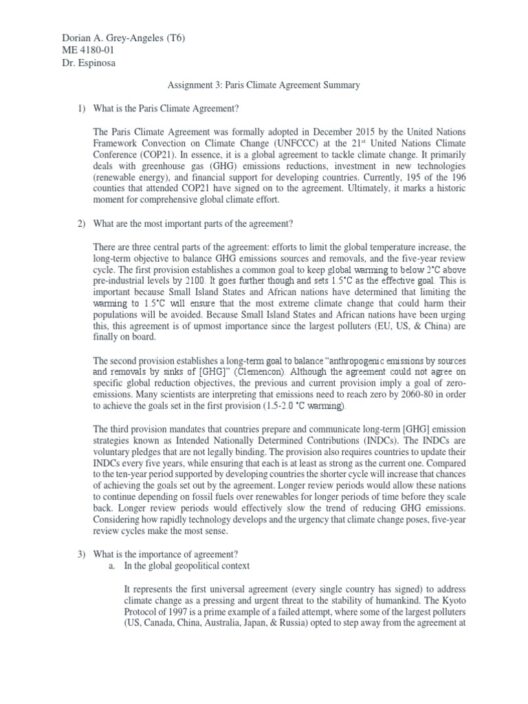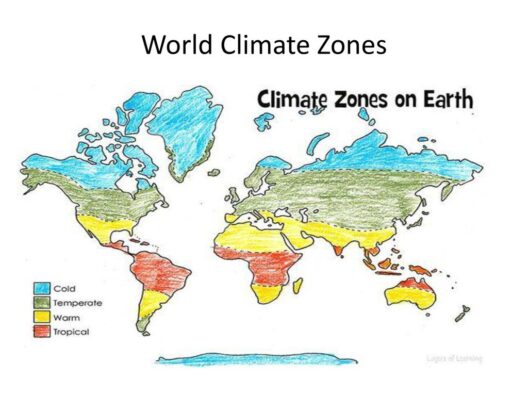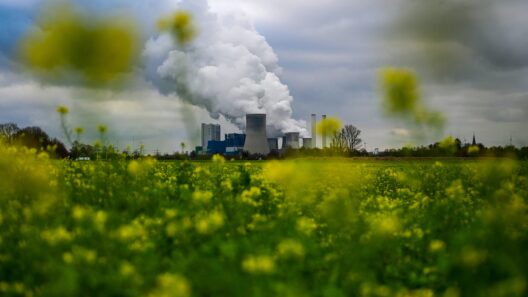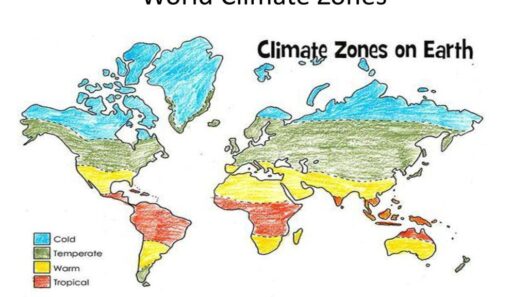Understanding the difference between climate and weather is not merely an academic pursuit; it is an inquiry that taps into our innate curiosity about the world around us. While many people use these terms interchangeably in casual conversation, they articulate distinct phenomena that govern the Earth’s atmosphere. This distinction holds critical implications for environmental policies, societal responses to natural events, and our daily lives.
To appreciate the nuances of climate and weather, one must first delve into their definitions and characteristics.
Defining Weather: The Immediate Atmosphere
Weather refers to the short-term state of the atmosphere at a specific place and time. It encompasses a variety of phenomena including temperature, humidity, precipitation, wind, and visibility. Typically, when we talk about weather, we are concerned with what can be observed in the immediate future. For instance, a sunny Tuesday in New York may transition into a surprise snowstorm by Friday. Such variability illustrates the dynamic nature of weather, influenced by factors ranging from atmospheric pressure systems to solar radiation.
Weather forecasts are commonly produced through the analysis of meteorological data collected by satellites, weather stations, and radar systems. These forecasts guide our daily decisions: what to wear, whether to carry an umbrella, or if travel plans need to be adjusted. However, the predictability of weather diminishes as one looks further ahead; while predictions can be made for hours or a few days, they become increasingly unreliable for weeks or months. The inherent complexity of weather systems accounts for this uncertainty, a factor that can sometimes generate both fascination and frustration among those trying to plan accordingly.
Understanding Climate: The Long-term Patterns
In stark contrast, climate represents the long-term average of weather conditions measured over an extended period—typically 30 years or more—within a specific region. It captures the deviations and trends of temperature, precipitation, and other atmospheric elements, allowing us to discern broader patterns and behaviors. When we discuss the climate of a place, we refer to the general trends that characterize its atmosphere—such as the hot, dry deserts of the Sahara or the cool, wet conditions of the Pacific Northwest.
Climate is fundamentally influenced by a myriad of factors including geographic location, altitude, and ocean currents, which interact in intricate ways to manifest regional characteristics. For example, the presence of mountain ranges can create rain shadows, leading to drastically different climates on either side. By understanding climate, we gain insight into phenomena such as seasonal changes, agricultural planning, and the impacts of climate change, which is increasingly evident in observable shifts in weather patterns worldwide.
The Intricacies of the Climate-Weather Relationship
One remarkably interesting aspect of climate and weather is their interrelation. While weather comprises instantaneous events, climate embodies the aggregate of these happenings over time. This relationship can be illustrated with the increasingly frequent occurrences of extreme weather events, which have been linked to climate change—a phenomenon that arises from human activities such as fossil fuel consumption and deforestation that contribute to rising greenhouse gas concentrations.
The increasing ferocity of hurricanes, hotter summers, and unexpected winter storms all serve as reminders of how our activities can alter natural systems. It is essential to recognize that manifestations of weather are not separate from climate; they are the tangible expressions of underlying climatic patterns. Hence, discerning the subtle yet significant interplay between the two can illuminate our understanding of environmental challenges and potential solutions.
Why the Distinction Matters: Repercussions on Society
The distinctions between climate and weather have profound implications for society. Weather governs day-to-day life; thus, accurate forecasts are invaluable for personal convenience and safety. Yet, the realization that individual weather events carry implications about broader climatic changes elevates the conversation to a societal and existential level. As headlines chronicle worsening droughts, floods, and heatwaves, it becomes apparent that we cannot afford to dismiss the importance of climate literacy.
Promoting awareness about climate extends beyond understanding the climate-change narrative; it encompasses a spectrum of related issues including environmental justice, public health, and economic resilience. Communities must be equipped to adapt to climate impacts, which requires proactive measures informed by scientific understanding. Consequently, emphasizing climate education fosters a more informed public that can advocate for sustainable policies and developments.
The Path Forward: Engaging with Climate Science
In an era marked by uncertainty and rapid ecological change, grasping the distinctions and interconnections between climate and weather is more vital than ever. Education, engagement, and ethical responsibility stand as pillars in confronting the challenges presented by changing environmental conditions. By exploring how weather events are influenced by climate, individuals and societies can take meaningful steps toward mitigating their impact.
Ultimately, the fascination with climate and weather embodies a deeper quest for knowledge—one that seeks to unravel the layers of a complex system that sustains life on our planet. Through rigorous exploration, dialogue, and action, we can work toward a more sustainable future where the marvels of our atmosphere are understood, respected, and preserved.



